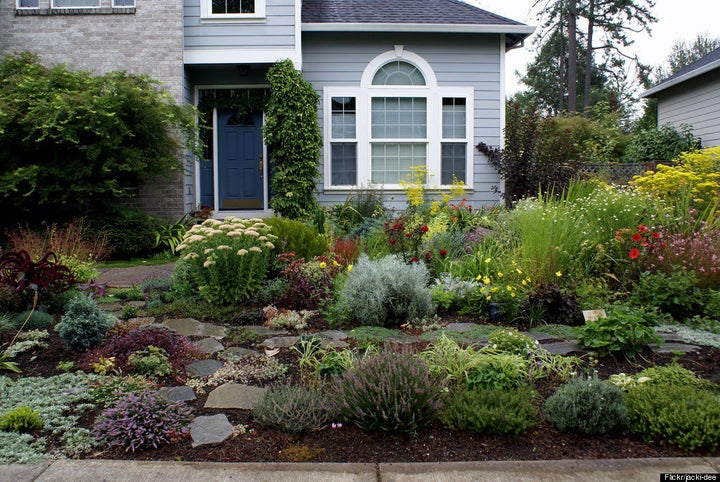
From Associated Content, by Amy Whittle:
There are many improvements that can be made to the typical residence to increase its energy efficiency.
Although LEED certification may be the ultimate goal for many environmentalists, there are many DIY green home improvement projects that can significantly lessen the energy and resources your home consumes. These 10 green home projects are environmentally conscious upgrades that are also budget conscious.
1. Install a programmable thermostat. Programmable thermostats remain easy to install without an electrician, and are an easy way to regulate your heating and cooling energy expenditures. While many programmable thermostats have a built-in energy saving program, take the time to customize your settings as much as possible to reflect your typical schedule.
2. Add low-flow showerheads and faucets.Showerheads can easily be replaced without any tools or additional materials; just purchase a low-flow showerhead and twist it into place. Faucets are a bit trickier to install, and are more expensive, but it may be a worthwhile investment if you have leaky, outdated faucets.
3. Buy fluorescent bulbs. The most effective item on this list is also the easiest; replace incandescent bulbs with their fluorescent counterparts. Fluorescent bulbs use 75 percent less energy, and last 10 times longer than traditional bulbs, according to the Environmental Protection Agency.
4. Ditch the lawn. Most well-maintained lawns require large amounts of fertilizer and water to stay green all year. Look into ground cover options that use less water and don't require chemicals to keep them looking lush.
5. Replace or revamp windows. Double-paned windows can be installed by homeowners that have some previous home improvement experience, and confidence using basic tools. However, if new windows aren't in your budget, look for storm windows that can also help reduce energy loss.
6. Embrace weather stripping. Weather stripping is an inexpensive way to prevent energy loss from the building envelope, and can be installed around doors and windows in a matter of hours. For bonus points, install door sweeps on exterior doors to prevent drafts.
7. Think about a garden.Whether it's a traditional vegetable garden or just a few pots of herbs and tomatoes in containers, growing even small amounts of your own food can significantly reduce your carbon footprint.
8. Stop air flow. Install insulating pads behind electrical sockets to prevent drafts, and use silicone caulk to fill any spaces between window units and the exterior of your house.
9. Choose low-VOC products. Take the time to choose a low-VOC (volatile organic compound) option for the next project that requires paint, stain, or even a chemical stripper. These products can easily do the job of their toxic counterparts, and are available in a wide variety of colors and manufacturer options.
10. Reduce water waste. Add a two-liter bottle filled with water to the water tank of an old toilet to instantly reduce the amount of water that is used with every flush. (The bottle displaces two liters of water from the tank by being inside the tank, meaning the toilet actually has less water to use with each flush.)
Sources: